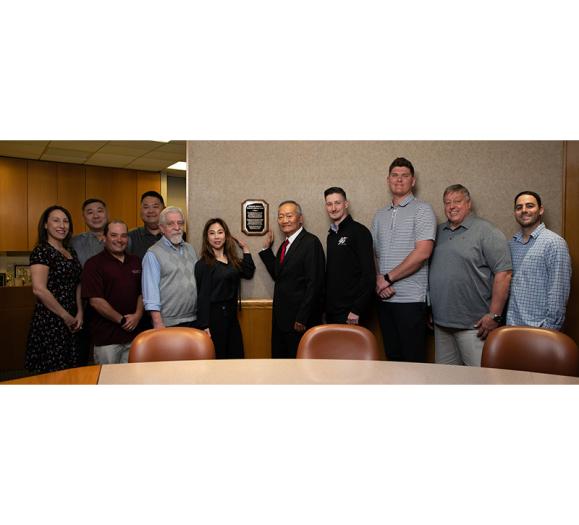Effective onboarding of new employees can mean the difference between keeping good talent and spending valuable time and resources struggling to fill teams. If your onboarding is lacking or simply not working for your company, try folding in the techniques and insights of some industry experts who have perfected this crucial step to business success.
Kimberly Colegrove, Vice President of Human Resources Consulting and Compensation Services for TPS Group, a human resources consulting firm with offices across the Northeast, reminds her clients that onboarding is a process, not just a one-time event. “It involves more than just HR and extends well beyond new hire benefits and payroll paperwork,” she says. “It’s orientation to not only the person’s new role but to the culture and expectations of your organization. That’s the key for long-term success.” She says it is common for companies to ignore a crucial step: clearly communicating how the new person’s position fits into the overall goals of the organization. They do so at their own peril. “This is so important and can’t be underestimated. The more the new hire understands how their role fits into the organization, the more vested they will be from the beginning and more engaged over the long term.”
Danny Nelms, President of Work Institute, a Tennessee-based research and consulting firm that specializes in employee engagement, notes, “There is ‘required’ onboarding — that’s filling out payroll forms, tax forms and the like. Then there is social and cultural onboarding.” That’s where managers often miss the mark, he says. Nelms has heard negative feedback about lackluster onboarding, including “Nobody knew I was going to be there on my first day,” and “My desk wasn’t ready.” Companies must communicate effectively to their employees and put effort into welcoming new hires, far beyond showing them where the break room is and taking them to lunch on their first day. “People want to know, ‘How do I get to know my teammates? How do I learn the unwritten cultural norms here? Who is going to teach me those things?’”
William Mahan, Sales Operations Manager at Work Institute, emphasizes the need for feedback from employees on their onboarding experience. “When organizations make onboarding analysis a priority, they are able to know exactly what they did great and what they need to work on in the future,” he says, adding that letting employees know their feedback is valued closes the loop on this important step, and employee retention benefits.
With about 1,500 employees across its stores, corporate headquarters and distribution center, Lamps Plus enjoys a long employee tenure — about 8 years. Cindy Beeson, the Vice President of Human Resources for the 40-plus-year-old company, says that there are five pillars that help them keep their best talent: leadership stability, opportunity, innovation, work-life balance and training. And that training starts even before a candidate says “yes” to the job offer.
“When recruiting candidates, we understand that their potential will go beyond the role they are being hired into,” Beeson says. When hiring store managers, for example, they use a round robin interview process that allows all district managers and executives to assess that candidate on culture fit, skills and what they bring to the table.
Once a new employee has started, Beeson says part of the onboarding process is encouraging them to connect with employees who have been with the company for decades and leverage their wisdom. With a clear sense of their purpose, place and resources, new employees understand how they will be expected to work within the company, setting themselves up for success long after the onboarding process is technically over. “Understanding where we started and where we are today,” she adds, “creates an energy and sense of purpose around the work we all do.”
Onboarding Tips at a Glance
- Think of onboarding as a process, not a one-time event.
- Introduce new hires to long-time employees to gain a sense of company history.
- Make sure new hires understand the entire company structure.
- Explain the new hire’s role within the company and how it helps reach overall goals.
- Follow up and get feedback on the process. And implement it.







